Deploy a Live Update
Use Capgo’s Live Updates feature to update the UI and business logic of your app remotely, in real-time. Push JS bundle updates directly to your users without going through the app store to instantly fix bugs and ship new features.
This guide assumes you’ve completed the Capgo Quickstart and have already:
-
Installed the
@capgo/capacitor-updaterSDK in your Capacitor app -
Configured your app ID and update channel in
capacitor.config.ts -
Added in your code the
CapacitorUpdater.notifyAppReady()method
If you haven’t done those steps yet, please go back and complete the quickstart first.
Uploading a Bundle
Section titled “Uploading a Bundle”With the Capgo SDK installed and configured, you’re ready to upload your first live update bundle:
-
Build your web assets:
Terminal window npm run build -
Upload the bundle to Capgo:
Terminal window npx @capgo/cli@latest bundle upload --channel=production.github/workflows/build_and_deploy.yml name: Build source code and send to Capgoconcurrency:group: ${{ github.workflow }}-${{ github.ref }}cancel-in-progress: trueon:push:branches:- mainjobs:deploy_to_capgo:runs-on: ubuntu-lateststeps:- name: Checkoutuses: actions/checkout@v6- uses: actions/setup-node@v6with:node-version: '24'- name: Install dependenciesrun: npm install- name: Buildrun: npm run build- name: Deploy to Capgorun: npx @capgo/cli@latest bundle upload -a ${{ secrets.CAPGO_TOKEN }} --channel ${{ env.CHANNEL }}env:CAPGO_TOKEN: ${{ secrets.CAPGO_TOKEN }}.gitlab-ci.yml stages:- buildbuild:stage: buildimage: node:18cache:- key:files:- package-lock.jsonpaths:- .node_modules/script:- npm install- npm run build- npx @capgo/cli@latest bundle upload -a $CAPGO_TOKEN --channel $CAPGO_CHANNELartifacts:paths:- node_modules/- dist/only:- masterThis will upload a new bundle version to the channel specified in the command.
Troubleshooting Uploads
Section titled “Troubleshooting Uploads”If your upload fails, double check:
- Your app ID in
capacitor.config.tsmatches your app in the Capgo dashboard - You’re running the upload command from the root of your Capacitor project
- Your web assets are built and up to date
If you’re still having trouble, go to the Troubleshooting section.
Receiving an Update on a Device
Section titled “Receiving an Update on a Device”Once your bundle is uploaded, you can test the live update on a device:
-
Sync your app to the device:
Terminal window npx cap sync ios -
Open another terminal and run the following command to check the update status:
Terminal window npx @capgo/cli@latest app debug -
Run your app locally:
Terminal window npx cap run iosOr open the iOS/Android project in Xcode/Android Studio and do a native run.
-
Keep the app open for about 30 seconds to allow the update to download in the background.
-
The logs will take a few seconds to update and show the update status.
-
Close and reopen the app. You should see your live update applied!
Refer back to the Capgo Quickstart for more details on testing live updates.
Next Steps
Section titled “Next Steps”Congrats on deploying your first live update with Capgo! 🎉
To learn more, review the rest of the Capgo Live Updates documentation. Some key topics to check out next:
